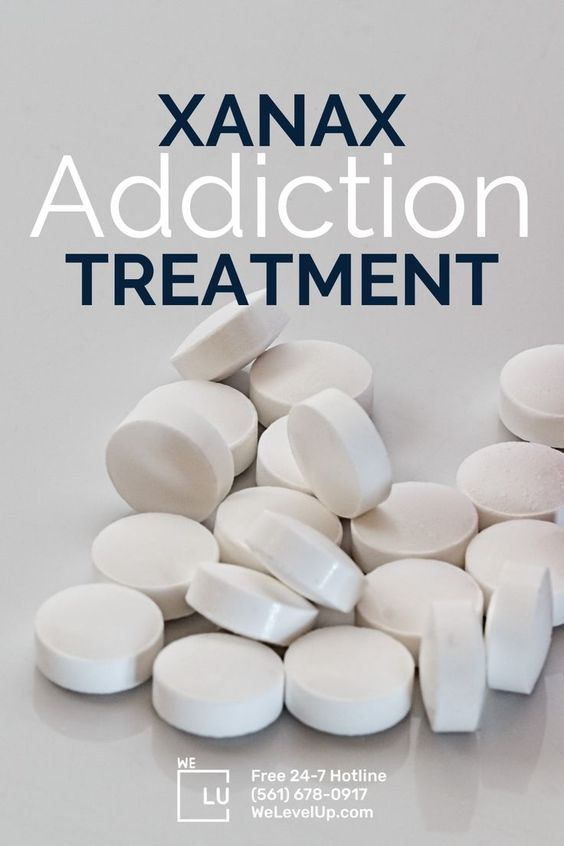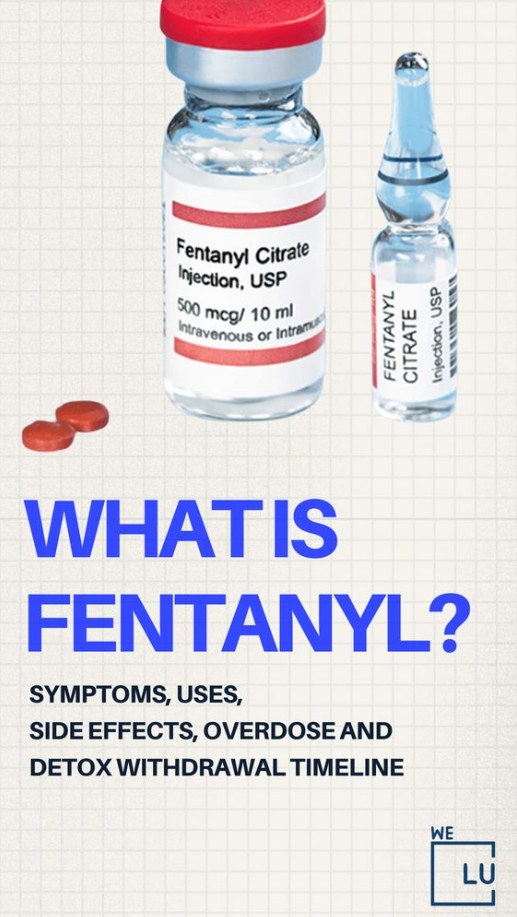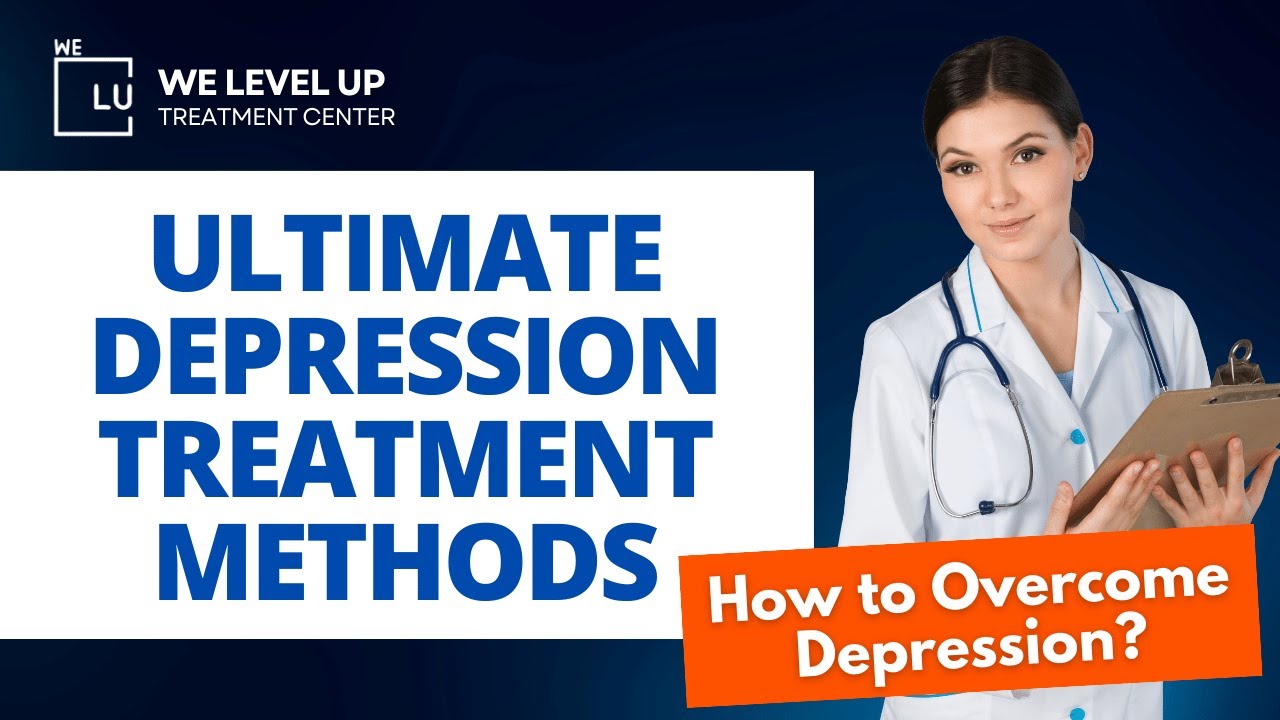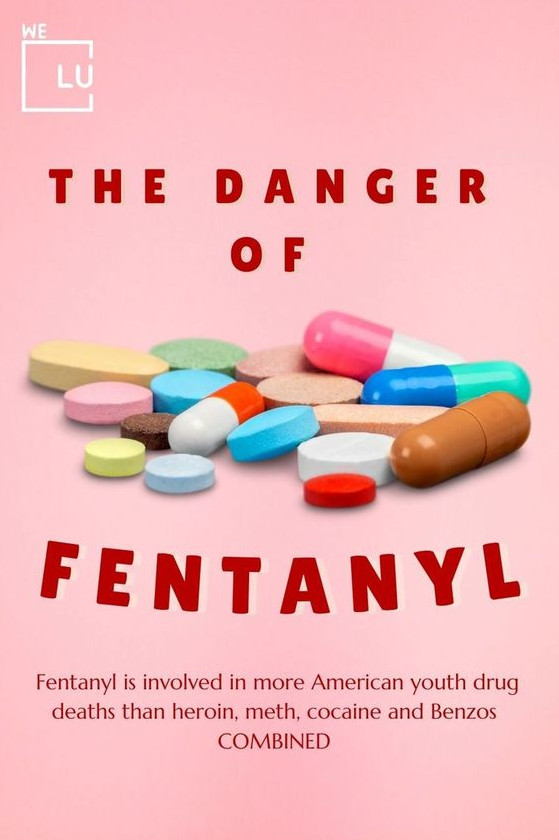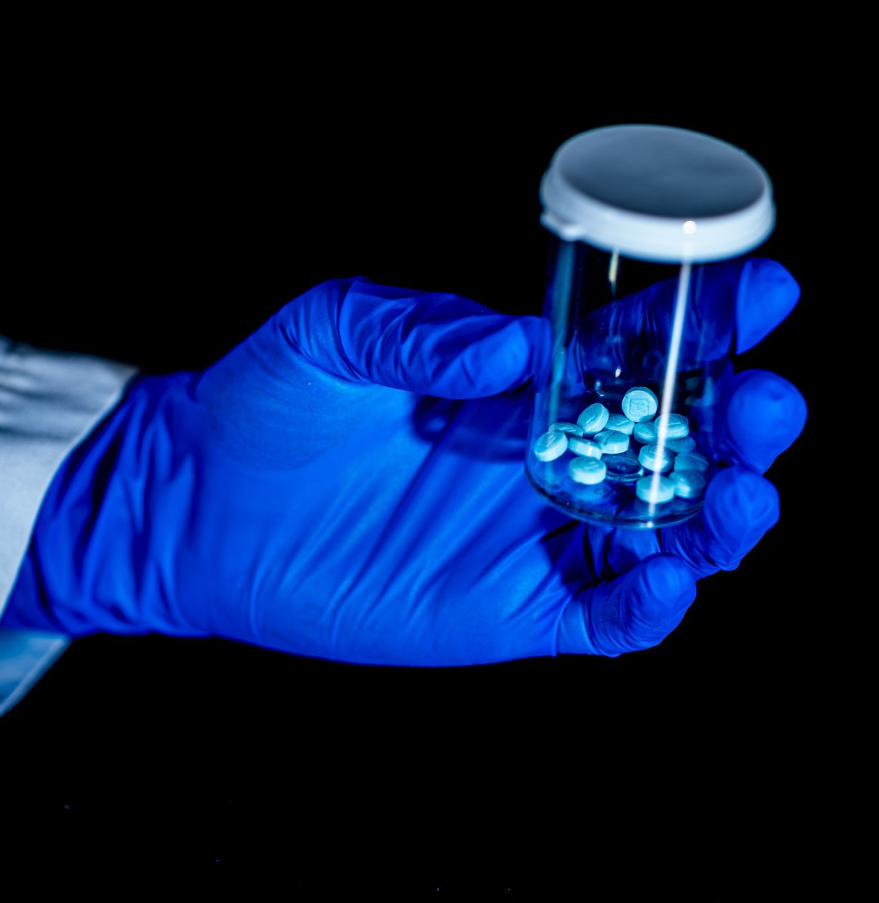What Is DBT Therapy?
Dialectical behavior therapy (DBT) is a comprehensive, evidence-based treatment for borderline personality disorder (BPD). The patient populations for which DBT has the most empirical support include parasuicidal women with BPD, but there have been promising findings for patients with BPD and substance use disorders (SUDs) or alcohol use disorder (AUD), persons who meet the criteria for binge-eating disorder, and depressed elderly patients.
Although DBT drug addiction therapy has many similarities with other cognitive-behavioral therapy approaches, several critical and unique elements must be in place for the treatment to constitute DBT. Some of these elements include (a) serving the five functions of treatment, (b) the biosocial theory and focusing on emotions in treatment, (c) a consistent dialectical philosophy, and (d) mindfulness and acceptance-oriented interventions. [1]
How Is DBT Helpful In Drug & Alcohol Addiction Recovery?
In deciding whether to use DBT drug addiction therapy or other treatments for a particular patient, one key deciding factor is the research data on the treatment with patients that are similar in terms of problem areas, diagnoses, or characteristics to the patient in question.
- Parasuicidal patients with BPD. For parasuicidal borderline personality disorder (BPD) patients, the most consistent finding is that DBT results in superior reductions in parasuicidal behavior compared with control conditions.
- Women with BPD and substance use disorders. The second patient group for which DBT drug addiction therapy has demonstrated promising data consists of women with a dual diagnosis of BPD and a substance use disorder (SUD).
- Other clinical populations and problems. Additionally, some research has examined DBT-oriented treatments for other clinical problems, including eating disorders and depression in elderly patients.

Treating Drug & Alcohol Addiction With DBT Methods & Principles
DBT drug addiction therapy is a comprehensive program of mental health treatment consisting of individual therapy, group therapy, and a therapist consultation team. In this way, DBT therapy is a program of treatment, rather than a single treatment method conducted by a practitioner in isolation. Often, clinicians are interested in applying DBT therapy but find the prospect of implementing such a comprehensive treatment to be daunting.
In this case, it is important to remember that the most critical element of any DBT drug addiction program has to do with whether it addresses five key functions of treatment. Although the standard package of DBT has the most empirical support, different settings and circumstances may necessitate innovative and creative applications of DBT. In all cases, however, it is critical that any adaptation of DBT therapy fulfills the following five functions:
Function #1: Enhancing capabilities. Within DBT drug addiction therapy, the assumption is that patients with BPD or borderline personality disorder either lack or need to improve several important life skills, including those that involve:
- Regulating emotions (emotion regulation skills)
- Paying attention to the experience of the present moment and regulating attention (mindfulness skills)
- Effectively navigating interpersonal situations (interpersonal effectiveness)
- Tolerating distress and surviving crises without making situations worse (distress tolerance skills)
As such, improving skills constitutes one of the key functions of DBT drug addiction therapy. This function usually is accomplished through a weekly skills group session, consisting of approximately 4 to 10 individuals and involving didactics, active practice, discussion of new skills, as well as homework assignments to help patients practice skills between sessions.
Function #2: Generalizing capabilities. If the skills learned in therapy sessions do not transfer to patients’ daily lives, then it would be difficult to say that therapy was successful. As a result, a second critical function of DBT drug addiction therapy involves generalizing treatment gains to the patient’s natural environment. This function is accomplished in skills training by providing homework assignments to practice skills and troubleshooting regarding how to improve upon skills practice.
In individual therapy sessions, therapists help patients apply new skills in their daily lives and often have patients practice or apply skillful behaviors in session. In addition, the therapist is available by phone between sessions to help the patient apply skills when they are most needed (e.g., in a crisis).
Function #3: Improving motivation and reducing dysfunctional behaviors. The third function of DBT drug addiction therapy involves improving patients’ motivation to change and reducing behaviors inconsistent with a life worth living. This function primarily is accomplished in individual therapy. Each week, the therapist has the patient complete a self-monitoring form (called a “diary card”) on which he or she tracks various treatment targets (e.g., self-harm, suicide attempts, emotional misery).
The therapist uses this diary card to prioritize session time, giving behaviors that threaten the patient’s life (e.g., suicidal or self-injurious behaviors) highest priority, followed by behaviors that interfere with therapy (e.g., absence, lateness, noncollaborative behavior), and behaviors that interfere with the patient’s quality of life (e.g., severe problems in living, unemployment, or severe problems related to mental health disorders).

After prioritizing the behavioral targets for a given session, the therapist helps the patient figure out what led up to the behavior(s) in question and the consequences that may be reinforcing or maintaining the behavior(s). The therapist also helps the patient find ways to apply skillful, effective behavior, solve problems in life, or regulate emotions. In terms of enhancing motivation, the therapist actively works to get the patient to commit to behavior change, using a variety of “commitment” strategies.
Function #4: Enhancing and maintaining therapist capabilities and motivation. Another important function of DBT drug addiction therapy involves maintaining the motivation and skills of the therapists who treat patients with BPD. Although helping multiproblematic BPD patients can be stimulating and rewarding, these patients also engage in a potent mix of behaviors that can tax the coping resources, competencies, and resolve of their treatment providers (i.e., suicide attempts, repeated suicidal crises, behaviors that interfere with therapy). As a result, one essential ingredient of an effective treatment for BPD patients is a system of providing support, validation, continued training and skill-building, feedback, and encouragement to therapists.
To address this function, standard DBT includes a therapist consultation-team meeting, for which DBT drug addiction therapists meet once per week for approximately 1 to 2 hours. The team helps therapists problem-solve ways to implement effective treatment in the face of specific clinical challenges (e.g., a suicidal patient, a patient who misses sessions). In addition, the team encourages therapists to maintain a compassionate, nonjudgmental orientation toward their patients; monitors and helps reduce therapist burnout; provide support and encouragement, and sometimes employs structured training/didactics on specific therapeutic skills.
Function #5: Structuring the environment. An important function of DBT involves structuring the environment in a manner that reinforces effective behavior/progress and does not reinforce maladaptive or problematic behavior. Often, this involves structuring the treatment in a manner that most effectively promotes progress. Typically, in DBT, the individual therapist is the primary therapist and is “in charge” of the treatment team. He or she makes sure that all of the elements of effective treatment are in place, and that all of these functions are met.
Structuring the environment may also involve helping patients find ways to modify their environments. For instance, drug addiction patients may need to learn how to modify or avoid social circles that promote drug use; patients who self-harm sometimes need to learn how to make sure that their partners or significant others do not reinforce self-harm (i.e., by being overly soothing, warm, or supportive). In DBT, the therapist normally has the patient modify his or her environment, but at times, may take an active role in changing patients’ environments for them (e.g., if the environment is overwhelming or too powerful for the patient to have a reasonable degree of influence). [2]

DBT Therapies And Techniques In An Inpatient Drug Rehab Texas
DBT drug addiction treatment is based upon six main points extracted from CBT therapy. The medical treatment was developed in the late 1980s by psychologist Marsh M. Lineham, the theory behind the treatment was initially used to treat an individual with a borderline personality disorder and chronically suicidal individuals. However, the treatment has been slightly adapted to treat a variety of other mental health disorders successfully. The skills and the six main points in dialectical behavior therapy include:
- DBT drug addiction therapy is still an evolving medical treatment that will hopefully be used to treat other mental health issues. The therapy evolved into a process in which the client and the medical professional will work one to one to help the patient learn skills such as:
- Acceptance of situations
- Change oriented strategies
- Emotions regulation
- Distress tolerance
- Interpersonal effectiveness
Patients will be medically reviewed every three weeks by the consultation team to ensure the DBT skills are sufficient for the specific individual.
Benefits Of DBT In Addiction Treatment
DBT drug addiction therapy helps patients to become less judgemental. When they take a non-judgemental stance on the world around them, they’re less likely to be governed by negative emotions. This type of therapy can also reduce suicidal and other destructive behaviors such as alcoholism or substance abuse. Patients who completed the program can form stronger relationships.
How We Can Help? Searched for “Texas inpatient consultants & drug and alcohol treatment centers in Houston TX?” or are you seeking a national inpatient rehab destination?
We Level Up Texas is a multi-faceted primary drug, alcohol dual diagnosis program treating secondary co-occurring mental health conditions. Our team uses evidence-based proven methods to generate cutting-edge solutions to substance abuse and behavioral health challenges. With support programs targeted towards families and individuals. We work to improve the health of the public and of individuals from every behavioral and related integrated addiction primary and mental health secondary treatment option. This includes constant research and innovation on substance abuse and integrated co-occurring mental health treatment models paired with individuals in a conducive environment.
We Level Up TX’s counselors understand and can make a DBT drug addiction therapy recommendation or dual diagnosis treatment best suited to your needs. You may call us today to speak with one of our treatment specialists.
